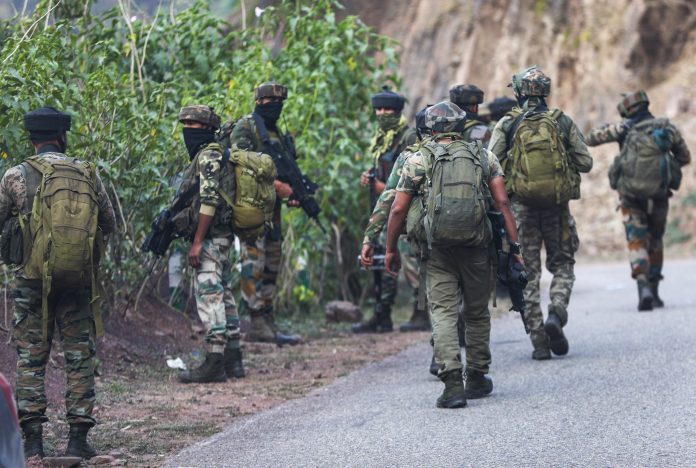The escalation in attacks, marked by the tragic loss of civilian lives and injuries among security personnel, demands a recalibrated approach to ensure the safety of visitors and locals in Jammu and Kashmir. The latest spate of violence, including the devastating attack on a bus carrying Shiv Khori pilgrims and subsequent incidents in Kathua and Doda districts, highlights the evolving threat landscape in Jammu and Kashmir. The perpetrators’ choice of targets and timing signal a calculated attempt to disrupt peace. In response, the Prime Minister convened a high-level meeting aimed at assessing the current security scenario and charting a course for comprehensive counter-terror operations. The directive to deploy the “full spectrum of counter-terror capabilities” indicates a decisive move towards intensifying security measures and pre-emptive actions.
Changing tactics and the element of surprise are the trademarks of terrorists. Last year, their focus was on targeted killings in the Kashmir Division, but this year, the army and civilians are being targeted in the Jammu Division. Pilgrims had not been targeted for some time, with the last major attack being on Amarnath pilgrims in 2017. However, a few months ago, the Shri Mata Vaishno Devi ji pilgrim bus was targeted with a sticky bomb, and now there has been a direct attack on another pilgrim bus. This is a serious matter. Security agencies, based on intelligence and surveillance, should have anticipated these changes in tactics and developed a robust plan accordingly.
PM’s emphasis on deploying the full spectrum of counter-terror capabilities is the right move with several strategic dimensions. Most important is enhancing intelligence-gathering mechanisms to pre-empt potential threats. This requires seamless coordination among intelligence agencies, both at the central and state levels, to ensure the real-time sharing of actionable information. Then comes augmenting the physical presence of security forces, which is crucial. The ongoing deployment of the Central Armed Police Forces and the planned arrival of additional paramilitary forces by June 25 aim to fortify security ahead of significant events like the International Yoga Day celebrations and the annual Shri Amarnath Ji pilgrimage. These deployments are not merely symbolic; they serve as a tangible deterrent to potential terrorist activities, ensuring a secure environment for both residents and visitors. Operational readiness is another cornerstone of the counter-terror strategy. This involves regular training and drills for security personnel to respond swiftly and effectively to any threats. Additionally, building trust and cooperation with local populations will aid in intelligence gathering and foster a sense of security among civilians.
In the modern age, technology and innovation are critical to counter-terrorism efforts. Surveillance systems, including drones and advanced monitoring equipment, can enhance the ability to detect and neutralise threats before they materialize. Cyber-security measures are equally important, as terrorists increasingly use digital platforms for coordination and propaganda. The integration of artificial intelligence and data analytics can enable predictive analysis and early warning systems. By leveraging these technologies, security forces can stay ahead of adversaries, ensuring a proactive rather than reactive stance.
Prime Minister Modi’s directive for a comprehensive deployment of counter-terror capabilities in Jammu and Kashmir signifies a commitment to safeguarding the region’s security. In the fight against terrorism, there is no room for complacency. Security agencies must work together seamlessly to prevent and thwart any terrorist attacks. Everyone involved in multi-tier security must execute their role flawlessly. The Prime Minister’s high-level meeting has had the desired effect, prompting a series of meetings between local police, central forces, and the army. Additional forces are being deployed, and other necessary measures are being implemented. The collaboration between central and state authorities, the augmentation of security forces, and the strategic use of technology all form a multi-faceted approach to countering the evolving threat landscape. As the region prepares for significant events like International Yoga Day and the annual Shri Amarnath Ji pilgrimage, the focus on security must remain unwavering.
Trending Now
E-Paper


